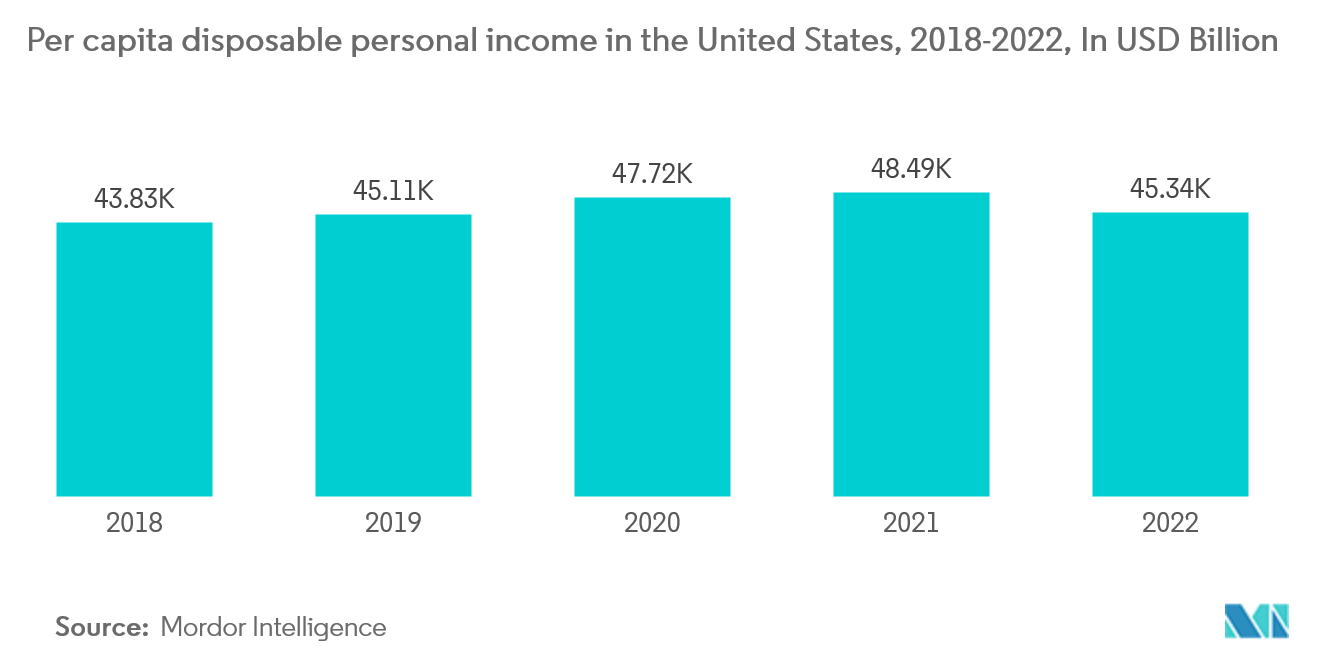Market Trends of United States Amusement And Theme Park Industry
Increase in the number of visitors in amusement and theme parks
The popularity of experiential travel saw a surge in recent years, particularly in the aftermath of the COVID-19 pandemic, and amusement & theme parks, which have traditionally been synonymous with this type of travel, are re-emerging as popular destinations for tourists. Major theme parks, such as Disney Parks & Resorts and Universal Theme Parks, as well as Legoland, Genting, and others, are all experiencing a strong recovery in both attendance and expenditure. For example, Disney has reported a 40% rise in theme park spending per capita in 2022 compared to the previous year. Themed Entertainment Association's (TEA) annual report for 2022 revealed a 32% increase in theme park attendance for North America's most significant attractions, with Walt Disney World's Magic Kingdom (Walt Disney World) leading the way. According to the report, Magic Kingdom attracted a total of around 18 million visitors during the 50th Anniversary Celebration of the resort in 2022.

The rise in disposable income is fueling the growth of the market
Consumers are increasingly spending money to experience things rather than to purchase items to fill their leisure time. They are contributing to this by using their discretionary funds to pay for unique, individualized experiences, thus contributing to the experience economy. Social media is essential in influencing consumers to create an increased demand for these experiences. Individuals of all ages, particularly corporate professionals, are drawn to amusement parks to spend quality time in a pleasant, family-friendly atmosphere. The expansion of the amusement park market revenue can be attributed to a variety of factors, including changing lifestyles, cultural changes, and the increasing acceptance of a holistic lifestyle that combines work and leisure.


